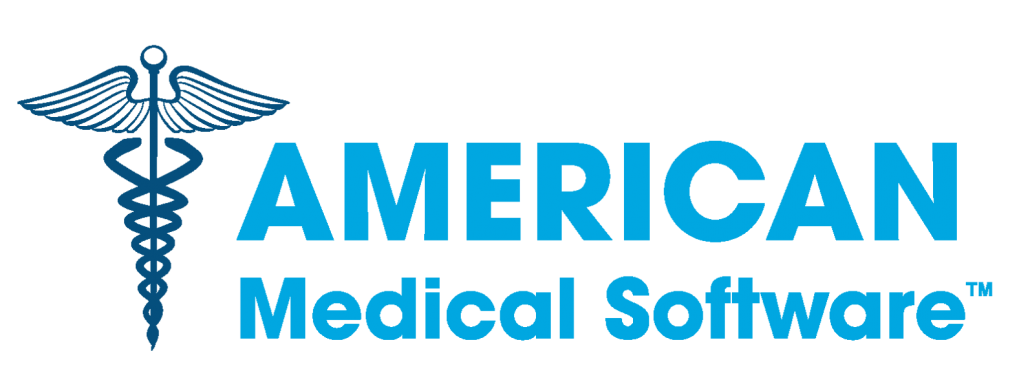2012 HIMSS Las Vegas Overview
Many wonder how information technology can shape the future of health care. There is no better place to find that answer than at the 2012 Healthcare Information and Management Systems Society (HIMSS) in Las Vegas. HIMSS is an annual gathering of 38,000 mobile-device-wielding doctors, nurses, IT evangelists, exhibitors, state and federal government officials, all attempting to answer that very question.
 It’s not an idle query, either. The U.S. spent nearly $2.6 trillion on health care in 2010. It’s clear that IT has a significant opportunity to help increase the effectiveness and efficiency of the healthcare industry.
It’s not an idle query, either. The U.S. spent nearly $2.6 trillion on health care in 2010. It’s clear that IT has a significant opportunity to help increase the effectiveness and efficiency of the healthcare industry.
EHR growth trajectory
A couple of trends caught my eye at HIMSS, beginning with the increasing number of electronic health record (EHR) solutions available. The health care industry has been trying to move to electronic health records for years, but it can be a complicated and expensive process. Recent changes in federal regulations and incentives are intended to effectively mandate EHRs, turning the status quo upside down.
An EHR provides the necessary foundation to expand and exchange health data across organizational boundaries. For instance, by 2020, I envision being able to seamlessly receive health care services from anybody I choose, just like using my Visa card to shop at stores that cater to my interests.
For IT pros, dramatic growth in EHR systems will bring more intense demands on computing, storage, and imaging resources. These are familiar challenges, but what some may not realize is that EHR systems are not ordinary-the data supports life-critical applications,  which means that these systems must be continuously available. If an organization wants to be part of the integrated health data exchange, it could be looking at billions of transactions in a single year.
which means that these systems must be continuously available. If an organization wants to be part of the integrated health data exchange, it could be looking at billions of transactions in a single year.
Also, increased variety in EHR solutions also makes it more difficult to figure out how to accept data from other organizations. Data standards like ICD-10 can help. But there are many types of critical data that remain a challenge, including encounter information. And frankly, that’s the low-hanging fruit. As health care organizations move toward a more preventative approach to health maintenance, the types and volume of health data will expand. After all, wouldn’t you want information like your preventative health alerts and record of healthy activities to travel with you?
Volume, velocity and variety of medical data
Another game changer in healthcare is the personalization of medicine based on the analysis of large cohorts of historical data. A presenter at HIMSS mentioned, studies suggest that it takes an average of 17 years for research evidence to reach clinical practice. Instead, imagine the ability to bring evidence from thousands of cases over decades directly to the point of care in every patient encounter, providing treatment options contextualized to the individual patient.
B ig data technologies and their ability to digest structured and unstructured data are key to making this vision a reality. For example, health care organizations have been storing images (e.g. X-ray, MRI, CAT) electronically for quite some time; however, the resolution of the images has been increasing, while more and more organizations are using software for analysis, in addition to storage and retrieval. Continuously analyzing large numbers of high resolution images will require the ability to handle data at the scale of companies like Google or Yahoo. Fortunately, if the number of HIMSS exhibitors is any indication, this message has been received loud and clear by the industry. That’s a good thing, because this is an area where we need to move quickly.
ig data technologies and their ability to digest structured and unstructured data are key to making this vision a reality. For example, health care organizations have been storing images (e.g. X-ray, MRI, CAT) electronically for quite some time; however, the resolution of the images has been increasing, while more and more organizations are using software for analysis, in addition to storage and retrieval. Continuously analyzing large numbers of high resolution images will require the ability to handle data at the scale of companies like Google or Yahoo. Fortunately, if the number of HIMSS exhibitors is any indication, this message has been received loud and clear by the industry. That’s a good thing, because this is an area where we need to move quickly.
From the perspective of IT, health care has been relatively quiet industry for decades. That has changed. There is immense opportunity to innovate and make a difference. The pieces exist to make health care better; we just need to put those pieces together. The black box is open.
Source: www.computerworld.com; Madhu Nutakki; April 17. 2012.




Leave a Reply
Want to join the discussion?Feel free to contribute!